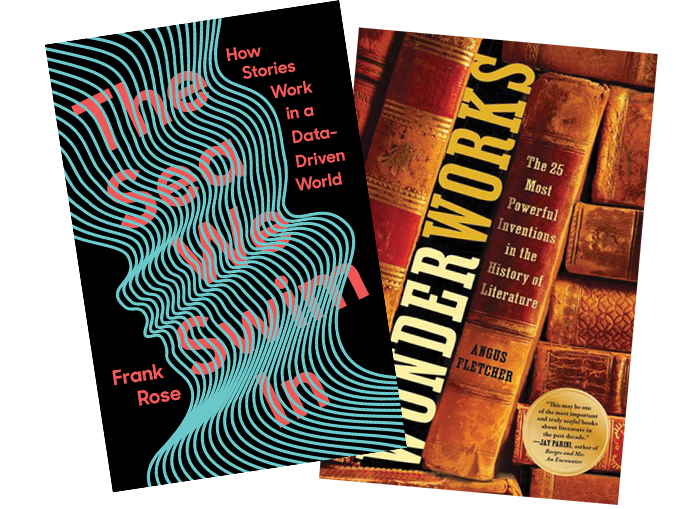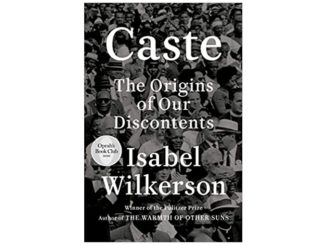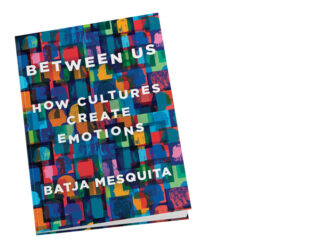Reviewed by Susan Fader, FaderFocus, New York Metro, New York, susanfader@faderfocus.com
In the research world, a primary focus of storytelling has been on its use as an output—sharing stories to communicate and emphasize key research findings. Robert J. Shiller, a winner of the Nobel Prize in Economic Sciences, believes stories are a way that people in general share thoughts, perspectives, and rationalization of behavior.
In his 2020 book, Narrative Economics: How Stories Go Viral and Drive Major Economic Events, Schiller outlines how through mining peoples’ stories as input, these stories can both help explain historical economic events and also help to predict future economic situations.
Angus Fletcher, in his book, Wonderworks: The 25 Most Powerful Inventions in the History of Literature, provides another lens through which we can understand both the role of stories and how to better utilize them. While this book is not written with the businessperson or researcher in mind, Wonderworks provides a cornucopia of storytelling structures that can help the researcher identify the structure they need to empower their research findings as storytelling.
Fletcher is a professor at Ohio State University’s Project Narrative, a leading academic think tank for the study of stories. His Wonderworks thesis is that stories are a form of technology. “In our modern epoch, we tend to think of technology as gadgetries of steel and silicon… but technology doesn’t need to be forged from metal. It can be built of any substance… we can see that a technology is any human-made thing that helps to solve a problem.”
Using his dual degrees in neuroscience and literature, Fletcher identifies what he believes are the universal twenty-five story structures and how the different story structures impact listeners—both in how they process the story and how they will react to what is being shared. He explains how different areas of the brain react to different story structures. To help the reader better understand the differences across various story structures, he shares multiple stories and how their specific crafting was created to address certain goals the storyteller wanted to achieve.
Two interesting examples include the therapeutic effect of Greek tragedies because they convey self-efficacy “that we can deal successfully with posttraumatic fear, managing and eventually overcoming it.” Another is the role of empathy in a storyline—think about the story of Job from the Bible. Empathy “doesn’t make us identify with the person or share the person’s values or beliefs. Instead, it allows us to disagree with the person while simultaneously accepting that the other person’s actions weren’t wrong.” Fletcher reaches back in time for his story examples because he is looking for the first time that specific story structure might have been used. But don’t worry; more recent storytellers such as Dickens, Darwin, and Shelley (both Mary and Percy Bysshe) are also referenced.
While Fletcher’s focus was on the evolution of different story templates, Frank Rose’s The Sea We Swim In: How Stories Work in a Data-Driven World focuses on concrete examples of how companies can create and use stories to shape their brand identities and influence the consumer in the digital world.
Rose, who is the faculty director of Columbia University’s Strategic Storytelling seminar and heads their Digital Dozen (Storytelling) award program, believes “digital technology changes the way we tell stories and the way we respond to them. It allows for an interplay between author and audience that didn’t exist in mass media.” Therefore, he believes the way we share stories, especially when aimed at your target market, must evolve for the digital age.
Rose devotes a specific chapter to what he feels are the nine universal elements that a story needs in a digital age. In each chapter, he shares many engaging examples, ranging from literature, the traditional CPG world, and online startups.
Fletcher’s and Rose’s books take very different approaches to emphasizing the impact that the right story can have and are extremely complementary reads.
See Susan Fader’s Summer 2020 VIEWS article on her suggestions for how narrative economics can be used as a research methodology.




